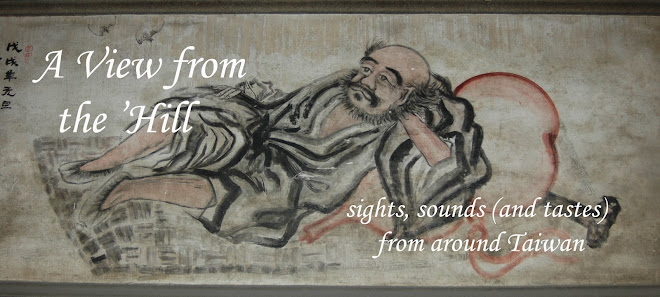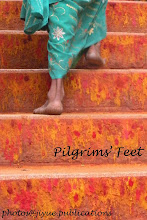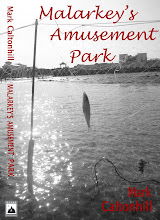Actually, the story starts one year earlier, with my first visit to Asia, to Thailand in fact. Which was a great disappointment.
Do not misunderstand: I love Thailand, as I love Malaysia and Taiwan, and many other countries.
But I made a mistake—one made by many neophyte travelers—of following guidebooks to popular destinations, shopping districts and beach resorts. Although I had a good time, I was left wondering where my “Asian experience” was as I could have seen many of the same kind of things without leaving home.
So the following year I packed my bicycle and although I had never cycled further than to school or the local beach, decided to pedal through southern Thailand, the entire length of peninsular Malaysia and into Singapore—a little over 2,000 kilometers by the time I would finish—before flying home from Kuala Lumpur.
This could have been the most stupid thing I had ever done, but it turned out to be the smartest. And, as I say, it changed the direction of my life in more than one way.
I could still visit the tourist hotspots, but to get between them I had to pass through “real” towns and villages, converse with “real” local people, stay at small hotels frequented by truckers and salesmen, and eat the same food they ate. Despite my aching legs, back, arms and especially backside, I was instantly hooked.
At Alor Setar, I celebrated my arrival in Malaysia by having a can of Guinness. I was a pleasantly surprised to find beer easily available but far more surprised to find my favorite Irish stout was among the popular brands.
The next day I pressed on, however, and it was in Penang’s Georgetown that I fell unconditionally in love with Asia. I cannot say what it is I liked about the place, but ineffability is not an option for a writer, so I must try. Something about the mix of ethnicities perhaps, or at least the mix of foods available: Indian roti for my breakfast carbohydrates, Chinese noodles for lunchtime sustenance, and Malay meat dishes for my evening protein. Or the architecture of the old town, learning taiqi in the park at dawn, trying to master a few sentences of Bahasa Malay—not yet realising how widely used English was—and cycling to the beach in the late afternoon for a leisurely dip.
My planned two-day stay became two weeks, and even then it was hard to tear myself away. The next target was Tanah Rata around 1,500 meters up in the Cameron Highlands, for which I allowed four days.
I made it in two. One day saw me arrive late at night in Ipoh, the next, including a five-hour climb in a thunderstorm, brought me to Tanah Rata, a small town set among tea plantations at a very pleasant altitude. The manager of my guest house told me my timing was impeccable: early the next morning the Tamil Indian community would hold its Thaipusam festival in which believers allow themselves to be possessed by Hindu deities, have their flesh pierced with dozens or hundreds of hooks, before everyone parades 5 kilometers through the streets and then has a free meal at the local temple.
Naturally, flying downhill was fast and I made Kuala Lumpur before midnight, the first time I had ridden over 200 kilometers in one day. Time was running out even faster than my budgeted savings, however, and I soon had to return to the UK for work, so I left the capital to explore on subsequent visits.
I did manage brief stopovers in Malacca, where I was enchanted by its old town, and Muar, which is still a lovely sleepy port to this day.
From there the ride to Singapore was more or less a formality, though by now I knew bicycling, and Asia, would be permanent elements in my life, rather than just the one-off holiday I had planned.
If you enjoyed this article and would like to find out more about travelling to Malaysia, please visit the Tourism Malaysia website
(the photos on this post are from a similar event in Butterworth in 2003)





































